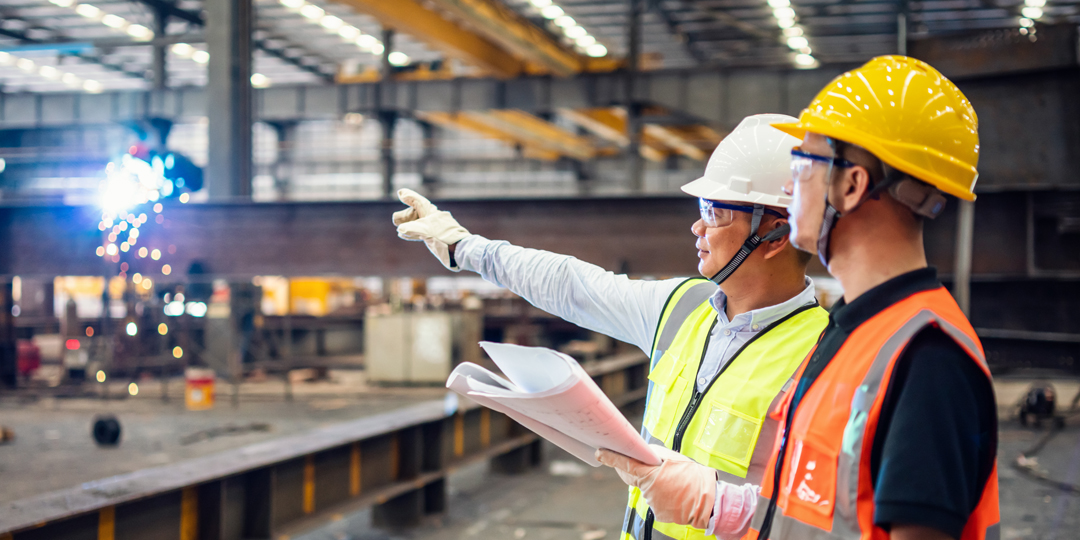Articles | Design & Engineering
4 FAQs About Blast-Resistant Buildings


What value do you place on your employees? People are the most valuable asset of your business. Protecting your staff in the course of their duties is the highest of priorities. If the nature of your work includes the use of volatile chemicals, then a blast-resistant building is a necessity to keep employees safe.
Blast-resistant buildings are designed to withstand explosions in hazardous areas, so those who work inside them make it home safely every night. RedGuard builds blast-resistant buildings with the highest grade of steel to protect occupants from the effect of an explosion. Below, we will answer some of the most common questions about blast-resistant buildings.
How do I know if I need one?
One of the Occupational Safety and Health Administration (OSHA) process management requirements is a facility site study. Facility site studies evaluate the risks inherent in your processes and the ability of the buildings to protect your employees. These reports have the possibility of requiring your facility to invest in a blast-resistant building.
How do I choose the best vendor?
Selecting the right blast-resistant building vendor involves research and knowing what questions to ask. You are responsible for ensuring the safety of your employees, so your vendor needs to have a structure that is proven to keep your team safe. So how do you shortlist the best vendor?
- Identify qualified companies by referrals and reviews. Talk to other people in your industry and find out their vendor experience.
- Ensure they understand the building codes in your area.
- Are their products tried and tested by a third party? Such modules should be tested by an unbiased third party before making claims of safety.
- Do they provide after-sale service? How is their customer service? Ensure your vendor is responsive to your needs and prioritizes communication.
How Much Does a Blast-Resistant Building Cost?
The cost of your blast-resistant building will vary depending on a variety of factors such as the protection level of the building, the size and building type, and any customizations. After your consultation, a group of estimators, engineers, draftsmen, and project managers all get together and begin putting together a comprehensive proposal for your project. Based on the complexity of the project, the vendor may take a few days to a few months to get back with your bid.
How Do I Prepare for the Installation?
Site preparation can begin as soon as you commission the work. The facility siting study should identify the best location for your building. If this information is not provided to you, be sure to ask and get their professional opinion. For RedGuard buildings, most of the build takes place off-site, so site preparation can happen concurrently.
- Make sure you have the necessary building permits required by your county and state.
- Clear the vegetation and structures in the identified area.
- Map out existing water, electric, gas, and communication lines to avoid disruption to existing facilities.
- Ensure the lot is accessible by trucks carrying a wide load. Are there curfews that restrict the movement of heavy load trucks in your area? If so, let your vendor know in good time so they can plan accordingly. Also, note whether there are other obstacles such as low hanging power lines that can hinder installation via crane.
- Train your employees on the use of the blast-resistant building. Ensure they understand what to do and where to go in case of an incident to maximize their safety.
Before you settle on a blast-resistant building vendor, be sure to do your research. Finding the right vendor ensures you will get a quality unit that proves its value over time.
RedGuard Sales & Marketing
The RedGuard sales and marketing team curates and writes on a variety of topics regarding blast-resistance and modular buildings. To inquire about any of the topics you read about on our blog, connect with us.

